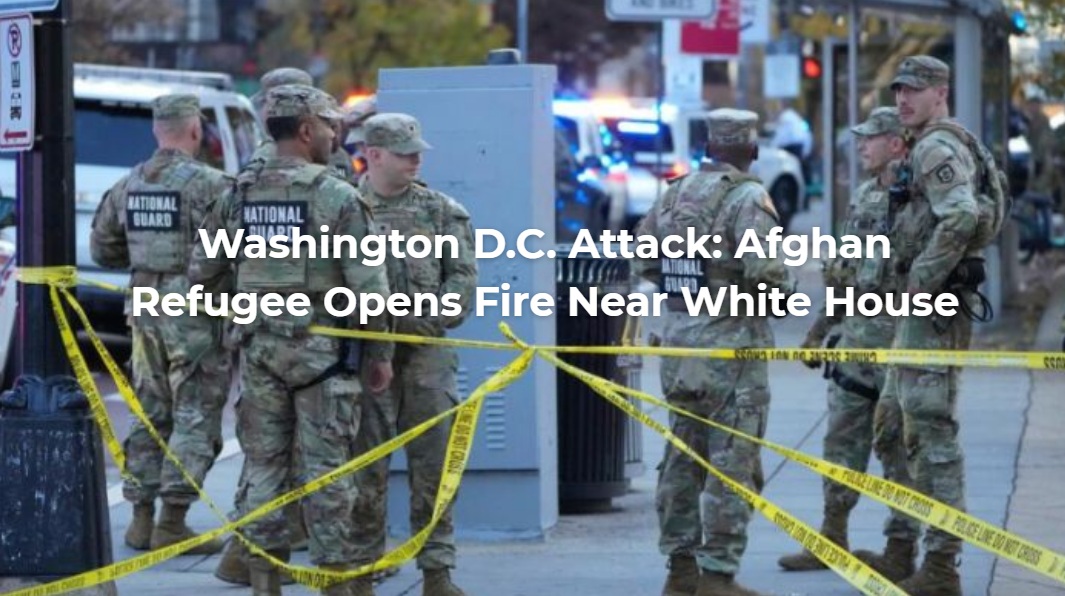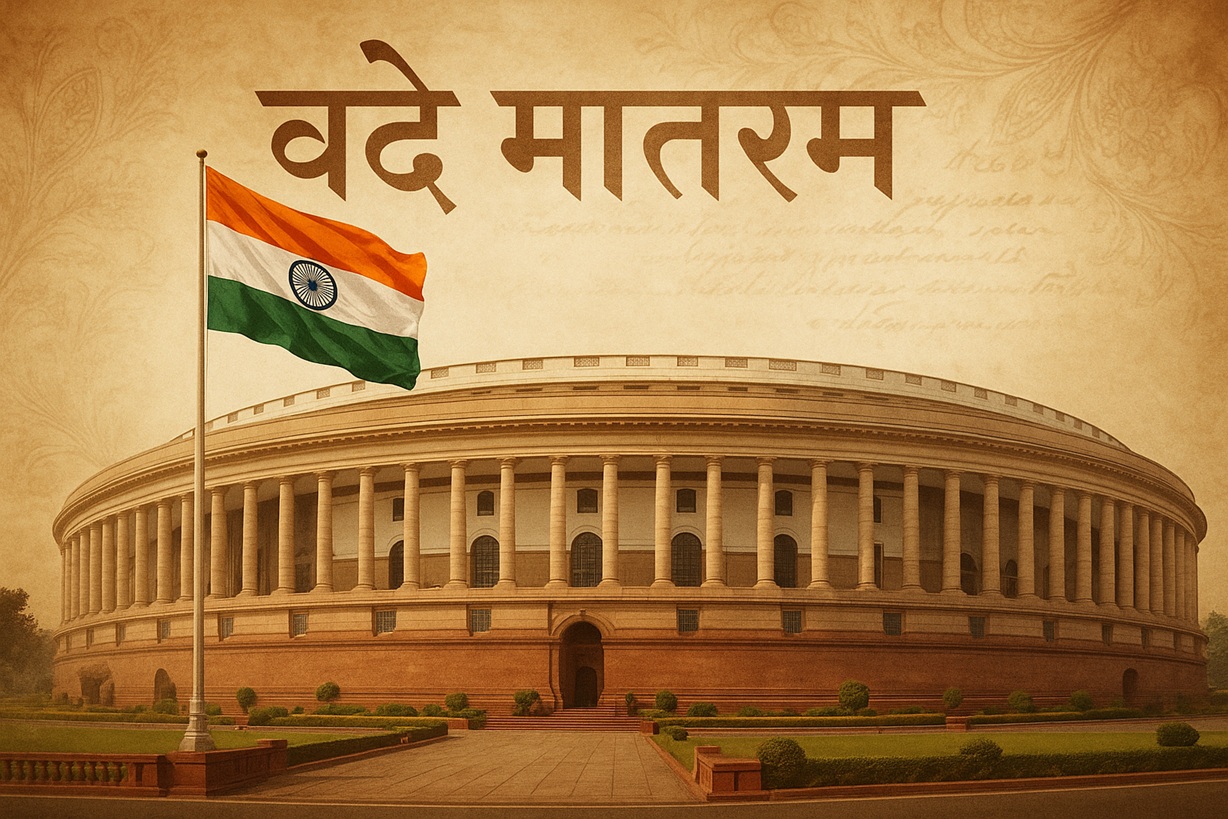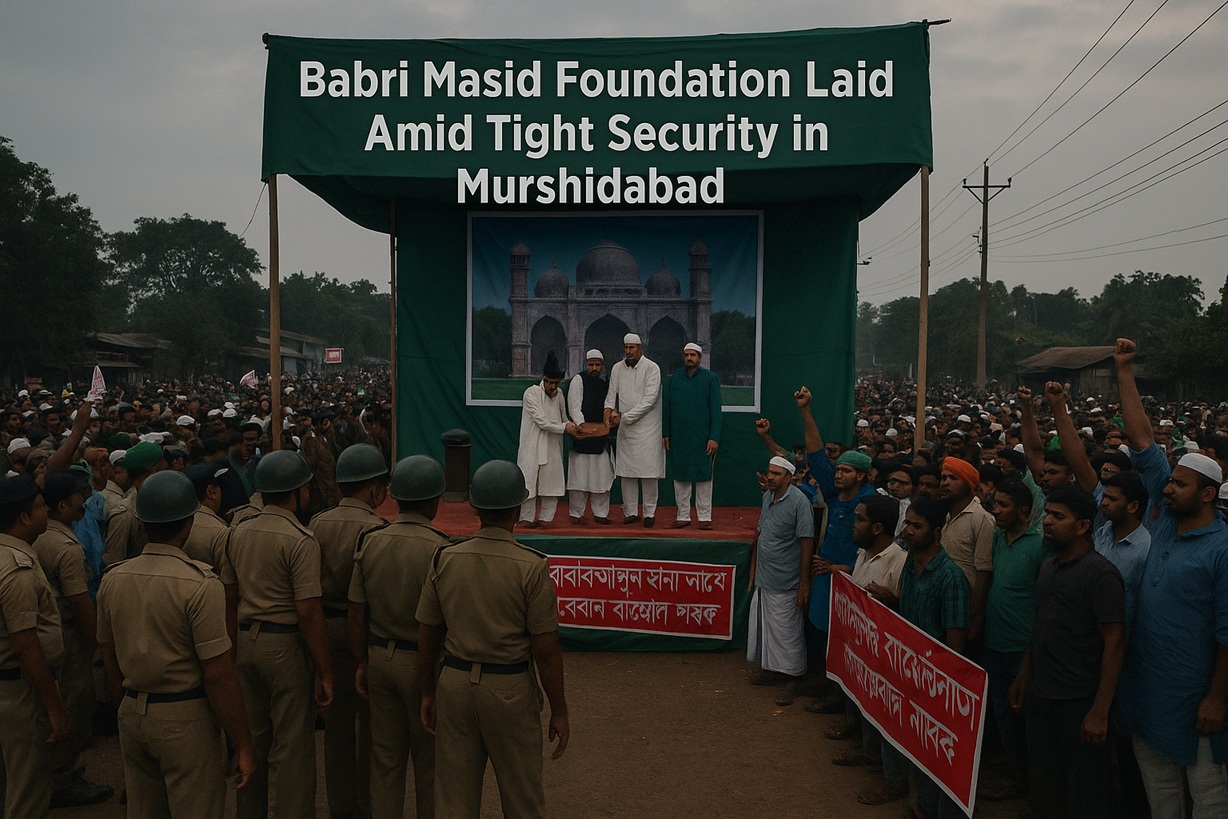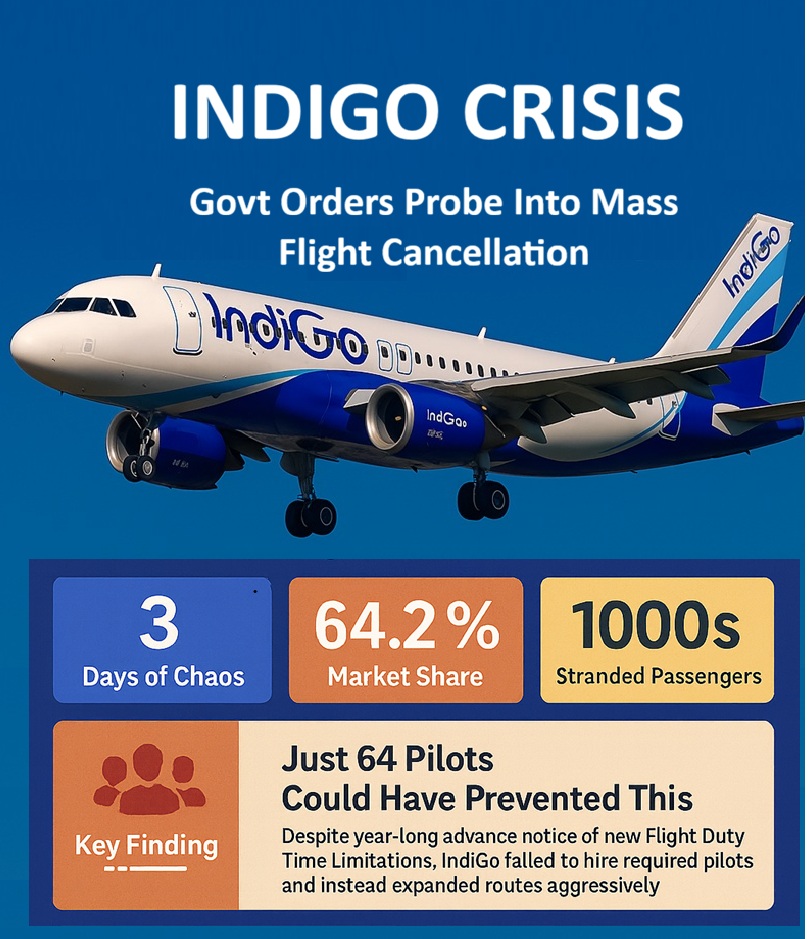Khuzdar, Balochistan — A deadly explosion has once again rocked Pakistan’s restive Balochistan province, where at least 32 Pakistani soldiers were killed and several more injured in a devastating attack on an army convoy. The Baloch Liberation Army (BLA) has claimed responsibility for the strike and later released a video showcasing the operation, raising serious questions about Pakistan’s internal security apparatus.
The Attack: A Coordinated Ambush on the Karachi-Quetta Highway
The attack occurred near Zoro Point in Khuzdar, along the strategic Karachi-Quetta highway, where a convoy of eight military vehicles was en route. A vehicle-borne improvised explosive device (VBIED), believed to have been parked along the roadside, detonated as three army vehicles — including a transport bus — passed by.
Eyewitnesses describe scenes of utter devastation, with flames engulfing the vehicles and bodies scattered along the highway. Initial investigations suggest a high-grade explosive was used, with possible involvement of a suicide bomber, though officials have not confirmed this.
Security forces cordoned off the area, and a full-scale search operation was launched. However, critics have questioned the army’s preparedness and intelligence capabilities, especially given the high-profile and lethal nature of the attack.
Multiple Attacks in 24 Hours: A Pattern of Escalation
This was not an isolated incident. Within the same 24-hour period:
- A remote-controlled blast was reported near Kalat.
- Another ambush occurred near Kolwa, again attributed to the BLA.
These coordinated strikes suggest a well-orchestrated campaign, possibly aimed at undermining the morale and legitimacy of the Pakistani military. Analysts believe the BLA had prior intelligence on convoy movements, signaling a major breach in Pakistan’s security protocols.
BLA’s Video Message: A Strategic Counter-Narrative
In the aftermath, the BLA released a 35-minute video, presenting what it claims is “the real story” behind its operations. The video shows:
- The hijacking of a train, with nearly 200 passengers, many of whom were later released.
- Surveillance footage of the Khuzdar convoy before the explosion.
- Claims of avoiding civilian casualties, countering Pakistani media reports that civilians were harmed.
The BLA accuses the Pakistani military of disinformation, portraying itself as a liberation force targeting only state apparatus, not the general public. The group mocked the army as a “Maulana Madrasa-type force,” unprofessional and unable to protect its own.
Why This Attack Matters: Strategic and Symbolic Timing
The timing of this assault is particularly notable. It came just 12 hours after Pakistan announced a hike in its defense budget, which many critics have dubbed meaningless in the face of repeated internal failures.
Furthermore, this attack exposes the continued unrest in Balochistan, a province that has long resisted Islamabad’s central authority since it was forcibly annexed in 1948 following the short-lived independence of the State of Kalat.
A Broader Crisis: Separatism and Militancy Rising
The Balochistan issue is not Pakistan’s only internal fault line. Insurgencies in:
- Sindh, where separatist groups are gaining ground;
- Khyber Pakhtunkhwa, where Tehreek-e-Taliban Pakistan (TTP) seeks to establish an Islamic emirate;
- Gilgit-Baltistan, where local voices are increasingly resisting Islamabad’s policies;
…suggest that the Pakistani military is overextended and politically isolated. The TTP, for instance, has denounced Pakistan’s leadership as “un-Islamic” and corrupt, intensifying ideological rifts.
India’s Calculated Silence and Strategic Posture
The Indian government, which has historically voiced support for the Baloch cause, has so far not issued a formal statement on this attack. However, Prime Minister Narendra Modi’s past remarks — notably during his 2016 Independence Day speech, where he expressed solidarity with Balochistan — continue to resonate.
India faces a dilemma: While overt support for Baloch separatists could strengthen Pakistan’s claims of external interference, remaining silent risks appearing indifferent to the human rights crisis unfolding in the region.
Within Indian policy circles, debates are intensifying over whether New Delhi should take a more proactive approach, especially given Pakistan’s own documented support for insurgent activities in Kashmir and Punjab.
Human Rights and International Fallout
The BLA’s video has reignited calls from international human rights organizations to investigate alleged war crimes by the Pakistani military in Balochistan — including indiscriminate airstrikes, enforced disappearances, and extrajudicial killings.
The incident also poses a challenge to China, whose China-Pakistan Economic Corridor (CPEC) passes through Balochistan. Increasing attacks in the region threaten the billion-dollar investments Beijing has sunk into ports, roads, and energy projects.
With regional stability on the line, countries such as Iran, the U.S., and Gulf states are quietly reassessing their engagement strategies with Pakistan.
Conclusion: A Symptom of Pakistan’s Deepening Crisis
The deadly Khuzdar convoy attack — resulting in 32 soldier deaths — is more than a military setback. It’s a symbolic blow to the Pakistani state, exposing both the fragility of its internal cohesion and the limits of its counterinsurgency strategy.
The BLA’s release of a propaganda video, timed with precision, shows how information warfare now complements guerrilla warfare, challenging the state on both tactical and narrative fronts.
Unless Pakistan addresses the long-standing political and ethnic grievances in Balochistan and other restive regions, military crackdowns and increased budgets are unlikely to restore peace. The world, and especially South Asia, is watching closely — knowing that instability in Pakistan can have cascading consequences across the region.
#balochistan #pakistanarmy #dailydozes #iedattack #balochliberationarmy #bolan #Balochistan #PakArmyAttack #Panjgur #balochistanliberationarmy #PakistanExposed #BLAVideo #PakArmyCasualties #BalochistanNews #BLAClaim #PakMediaBlackout







